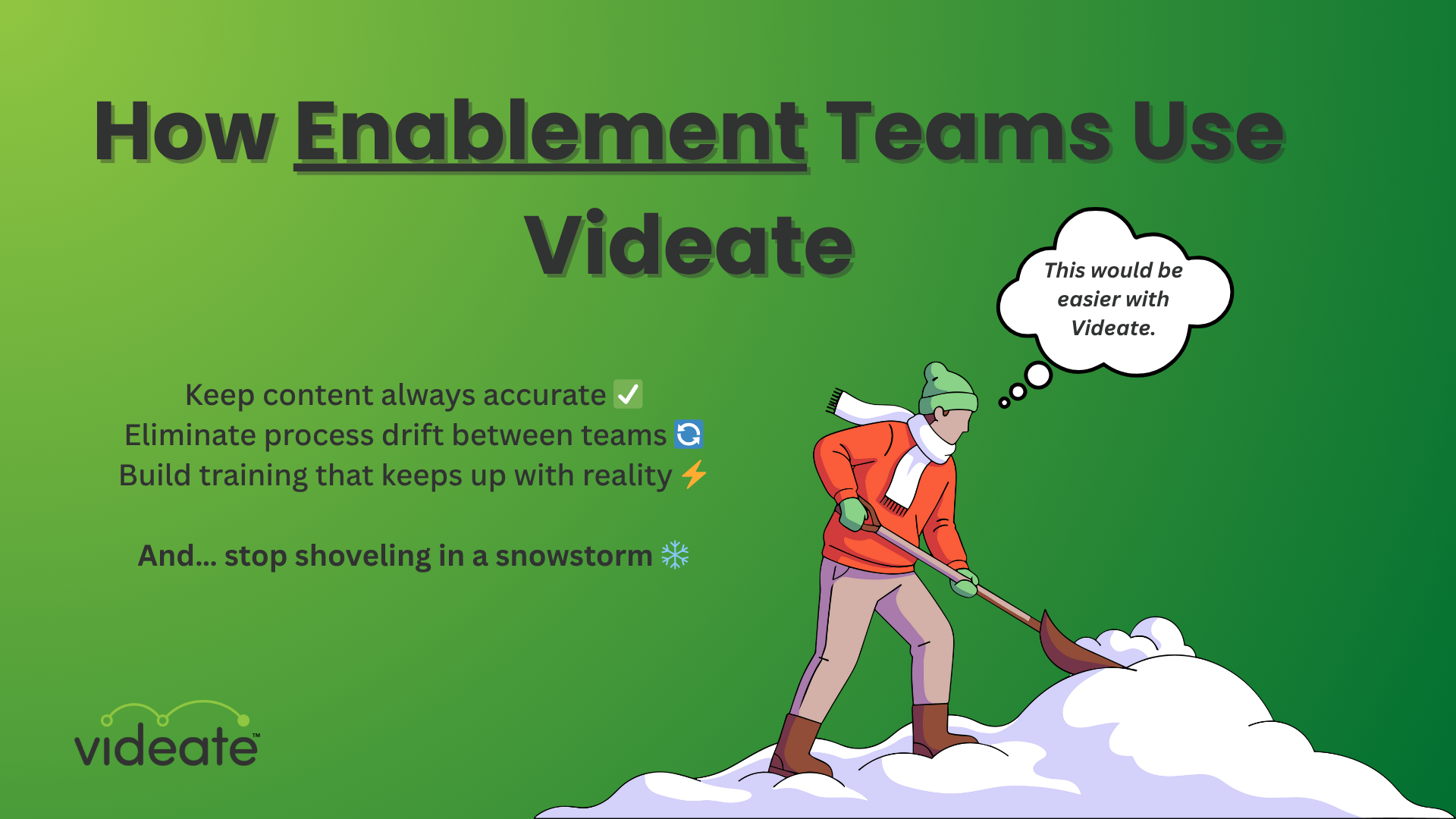
Major software updates are a… complicated affair for end users. Customers greet each new release with a mixture of excitement and dread:
- What are the new features?
- How did the designs/layouts/UX change?
- What bugs are fixed?
- Are there new bugs?
- What new things will I have to learn?
In short, major software updates are a lot. That's a big reason why SaaS companies have moved away from them and towards smaller, faster releases. They can address each issue in almost real time. The other reason: users expect things immediately.
To help speed up software updates, companies have begun implementing Continuous Delivery.
What is Continuous Delivery?
Continuous delivery (CD) is a software engineering method where DevOps teams use automation to produce and deliver software in short, continuous cycles. This ensures that the software is easily and dependably released at any time and without the usual manual effort.
Continuous delivery enables SaaS businesses to constantly update their software without much fuss. But, as with everything, there are pros and cons to this process.
The Pros of Continuous Delivery
Regular bug fixes
It can be frustrating for end users to have to wait for a major software update to fix an obvious, annoying bug.
With Continuous Delivery, as soon as an engineer quashes the bug on their end, the fix can be implemented immediately. Things that weren’t working suddenly are, and this increases customer success.
Better bug fixes
Under traditional updates, bugs in code can progress unseen all the way through the delivery process, only to be discovered by unlucky and annoyed users. At this point, the bad code has been buried and built over, making it more difficult to repair.
“With Continuous Delivery methodology," DevOps writer Saif Gunja states, fast, automated testing is part of every stage of the delivery pipeline. This means only good code progresses and faulty code can be discovered and fixed immediately.”
New features faster
New features can be implemented faster and more regularly. Giving people what they want when they need it enhances the customer experience, and makes it more likely they will come back.
Stronger ties to customers
Related to the point above, by releasing software as soon as it’s ready, customers can provide immediate feedback. Software engineers can then work on tweaking projects while it's still fresh in their minds rather than months or years later.
With fast deployment based on feedback, customers feel heard and a part of the community. Action creates a mutually beneficial feedback loop between you and your customer, and now it feels like a relationship rather than something one-sided.
Error-proof installation
With Continuous Delivery, development teams execute small code changes and continually enter them into a central control repository, often multiple times a day.
This process of frequent check-ins is a system known as continuous integration (CI). Continuous integration and continuous delivery eliminates manual installers, leaving updates more error-proof and quicker to implement.
The Cons of Continuous Delivery
UI changes can be jarring
Having software continuously update without notice can be jarring for end users. As David Asch, founder of 10xprinciples, states, “customers now complain about getting blindsided by new features that appear out of the blue… Even worse, if customers experience the pain of too-frequent releases and ensuing quality issues, they may demand a stand-alone instance, another antipattern that’s anathema to a SaaS model.”
Essentially, people get comfortable with what they already know. Developers must balance their efforts so the software isn't changing too much, too fast.
Need for strong product organization
The possibility of things getting messy is an issue with the CI/CD pipeline. Software developers need to work as a team and understand how everything comes together. Communication is key.
Documentation can’t keep up with changes
This is the big one. SaaS needs corresponding instructional design, such as training videos, that illustrate the UX and highlight the newest features. Companies can’t have documentation that shows older versions with a different layout or non-existent features. Videos need to show exactly what the user sees on their end or risk frustrating and alienating customers.
With constant updates, it's impossible for companies to maintain their videos manually. Which is why, if you are utilizing Continuous Delivery for your software, automating video production is critical.
Videate and Video Automation
The only way to keep your videos up to date in a CI/CD environment is with automation. Videate makes it easy to produce and maintain software videos through automation (even in multiple languages).
Continuous Delivery is all about helping your customers get their projects done faster and easier. Videate helps you close the loop between your speedy releases and customer education and training.
Don’t work harder, work smarter – get a demo today!
.png)
How Customer Success & Education Teams Use Videate


